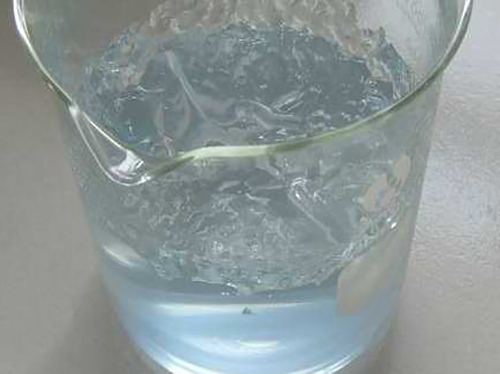Polyhydroxycarboxylic Acids
Polyhydroxycarboxylic acids (PHCAs) represent a unique and versatile class of organic compounds characterized by the presence of multiple hydroxyl (-OH) groups and carboxylic acid (-COOH) functionalities within their molecular structure. These compounds have garnered significant attention in various scientific and industrial sectors due to their extensive range of applications, particularly in biochemistry, pharmaceuticals, and materials science.
One of the most renowned representatives of PHCAs is citric acid, which is widely known for its role in the citric acid cycle (Krebs cycle) — a fundamental metabolic pathway in aerobic organisms. Citric acid, with three carboxylic acid groups and one hydroxyl group, not only acts as an intermediate in metabolic processes but also serves as a natural preservative and flavoring agent in the food industry. Moreover, its chelating properties make it an essential ingredient in cleaning products and cosmetics.
Beyond citric acid, other PHCAs, such as gluconic acid and malic acid, exhibit similar multifunctionality. Gluconic acid, derived from glucose, plays a pivotal role in various biochemical pathways, and it is also utilized in food and pharmaceutical industries for its sour taste and preservative qualities. Malic acid, found in fruits, contributes to the sour flavor and is likewise employed in the formulation of food products, dietary supplements, and skincare formulations.
The growing interest in sustainable and renewable resources has led to increased research on the biosynthesis of PHCAs. Many of these compounds can be produced through microbial fermentation processes, utilizing renewable feedstocks such as agricultural residues and waste products. This not only reduces dependency on petroleum-based chemicals but also aligns with the principles of green chemistry by minimizing environmental impact.
polyhydroxycarboxylic acid

In addition to their traditional roles, PHCAs are also being investigated for their potential in advanced applications such as drug delivery systems, biodegradable polymers, and regenerative medicine. Their ability to form hydrogels and other functional materials paves the way for innovative therapeutic approaches, particularly in tissue engineering where biocompatibility and biodegradability are crucial.
Furthermore, the unique properties of PHCAs, such as their capacity to form hydrogen bonds and interact with biological molecules, enhance their effectiveness in various applications. The ability to modulate pH and provide functional groups for chemical reactions makes these acids invaluable in both laboratory and industrial settings.
In conclusion, polyhydroxycarboxylic acids represent a significant class of compounds that bridge the gap between agriculture, biotechnology, and materials science
. As research continues to explore their full potential, PHCAs are likely to play an increasingly central role in developing sustainable processes and innovative products, addressing modern challenges in health and environmental sustainability. The versatility and ecological advantages of PHCAs will undoubtedly lead to exciting advancements in various fields in the years to come.-
The Power of Isothiazolinones in Modern ApplicationsNewsMay.08,2025
-
Flocculants in Water TreatmentNewsMay.08,2025
-
Flocculants and Chemical Solutions: What You Need to KnowNewsMay.08,2025
-
Flocculants and Chemical Solutions: A Growing IndustryNewsMay.08,2025
-
Essential Chemicals: Polymaleic Anhydride and MoreNewsMay.08,2025
-
Acrylic Polymers: Essential Solutions for IndustryNewsMay.08,2025





